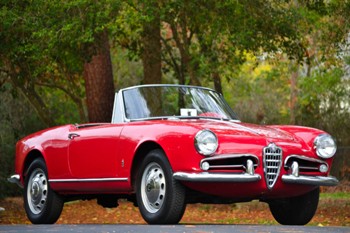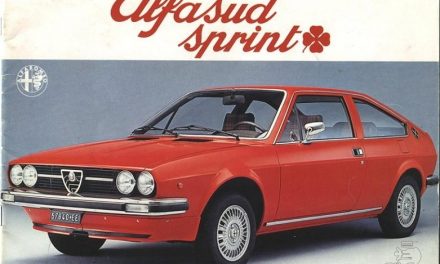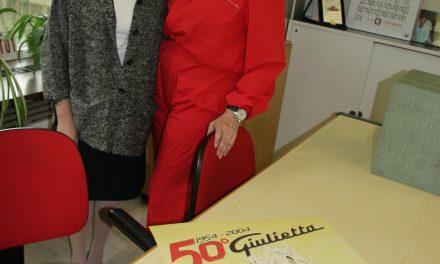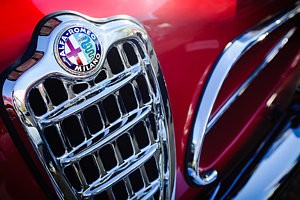ELVIRA TELLS
Alfa Romeo trucks
25 January 2018
The fuel problem is not just a subject of our times. But how did Alfa Romeo solve the serious problem during the years of autarchy? Elvira Ruocco tells us.
It is interesting to note how Alfa Romeo tried to solve the serious fuel problem during the years of autarky, creating trucks that proved capable of excellent performance, even after appropriate transformations for gas-fired operation. In 1934, in fact, models equipped with the "Roma" gas generator were already available, a system that generated the gas that drove the engine from charcoal.
Significant in this regard is the victory in the summer of 1935 of an Alfa Romeo T85G in the international competition for gas-powered trucks held along the Rome-Brussels-Paris route, carried out with a load of 7,000 kilograms along the entire 3,000 km route, during which the Alfa Romeo truck recorded no accidents or breakdowns of any kind.
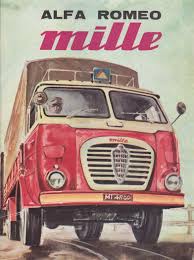
In the war period the production of the Alfa was almost completely destined to the Armed Forces, in this period also ended for the Milanese factory the era of the "long faces" because in 1940, with the presentation of the new models with advanced cabin, the production of the characteristic "musoni" stopped.
The new era began with two trucks with advanced cabs complying with the laws in force at the time, concerning the unification of vehicles for the transport of goods. Distinguished by the acronyms 430 and 800 they stood out among the production of the time for their modernity, due in particular to the design of the advanced cabin above the engine, whose rounded shape met the most up-to-date requirements of functionality and spaciousness, especially when compared with other industrial vehicles of the time.

Due to the outbreak of the Second World War, the two models, the medium 430 and the heavy 800, were not widely used for civil use, the former was the most widespread thanks to its size more suitable for a more articulated use. These two series were built until 1958, when they gave way to the new Mille model equipped with a 6-cylinder 11-litre engine. With this truck, which went out of production in 1964, Alfa Romeo put an end to its history in the heavy-duty vehicle sector.
But it still did not completely leave the goods transport sector because its brand continued to be present in commercial and light vehicles, a field into which Alfa had already entered in 1954 with the famous Romeo van, which was presented together with the Giulietta Sprint and in turn replaced in 1968 with the F11, F12, A11 and A12 models, also built in two series that can be identified by the different design of the grille.
At the same time, following an agreement with the French company Saviem, Alfa Romeo expanded its range of light vehicles with different versions of the model from beyond the Alps.
In 1978 production was renewed with the new AR8 range, the last goods transport vehicles under the Alfa Romeo brand, which remained in production until the end of the 1980s. With this exit, a chapter in the history of road haulage was definitively closed, marked by competition between the trademarks of the national automotive industry.
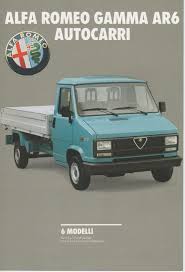
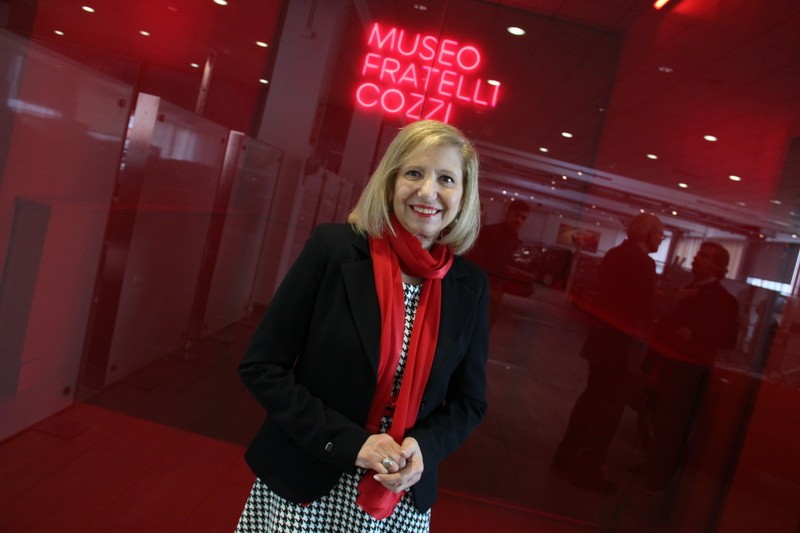
Elvira Ruocco, historical memory of Alfa Romeo, thanks to her more than twenty years of experience at the Alfa Romeo Centro di Documentazione Storica, has become part of the Museum team and in the column "Elvira Racconta" she will share curiosities and anecdotes that you may not know or remember. We will retrace the legendary history of Alfa Romeo with her.

